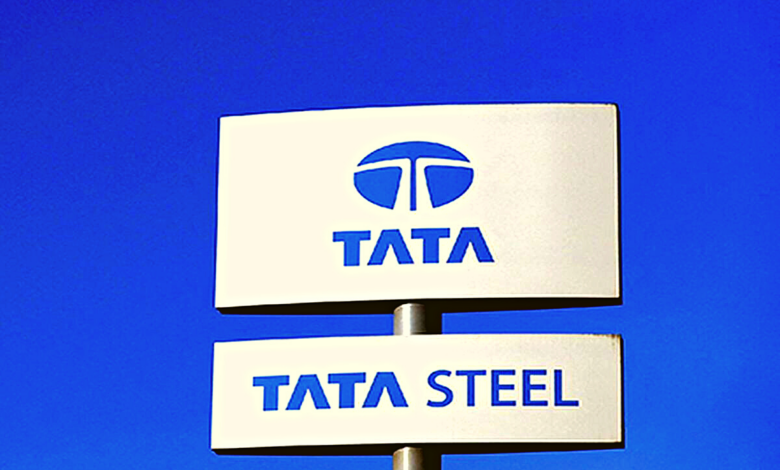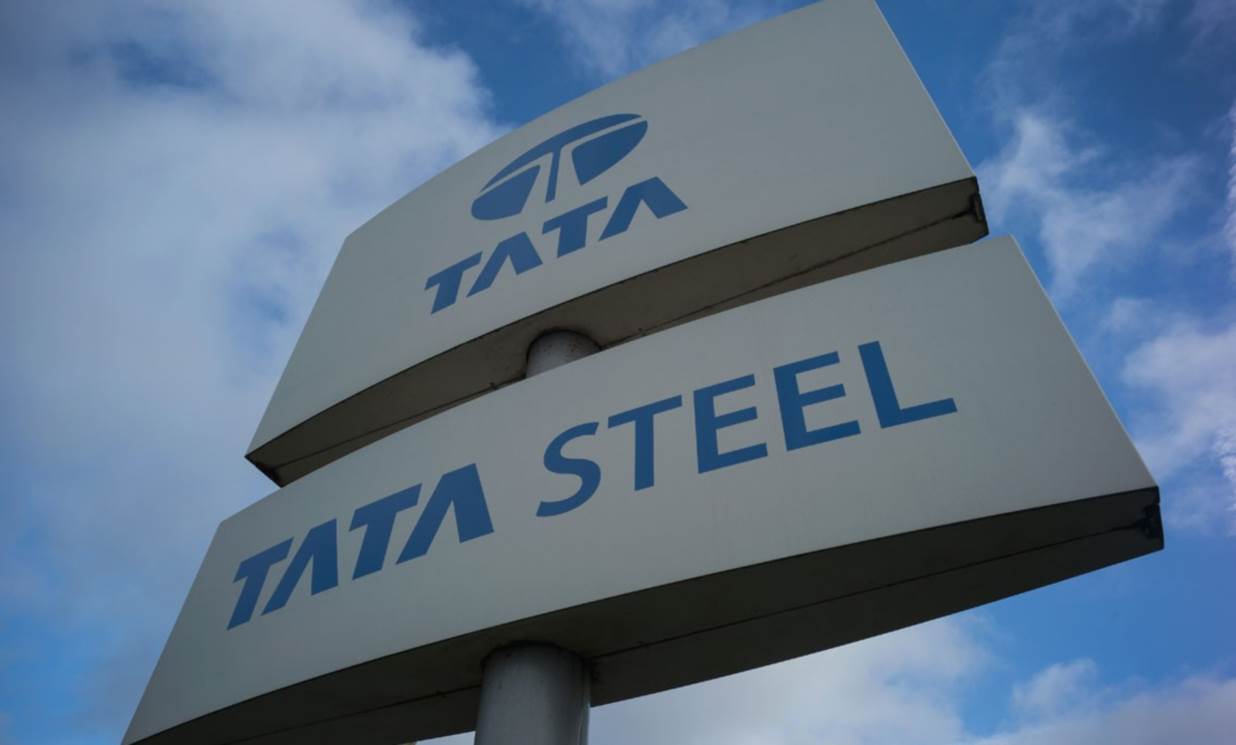Tata Steel gains 3% as it nears £500-mn funding deal with UK govt

Tata Steel gains 3% as it nears £500-mn funding deal with UK govt
Tata Steel shares made a significant upward move, surging by 3 percent during the morning trade on September 14. This increase in the stock’s value coincided with the ongoing discussions between Tata Steel and the UK government regarding the potential acquisition of approximately £500 million in government-backed funding.
As of 10:16 am, Tata Steel’s stock was trading at Rs 133.30 on the National Stock Exchange, reflecting a notable gain of 2.89 percent. This surge in share price reflects the positive sentiment among investors, possibly driven by the optimism surrounding the potential financial support agreement between Tata Steel and the UK government. The discussions and potential funding could have a pivotal impact on Tata Steel’s operations and workforce in the United Kingdom.

Tata Steel’s primary aim in seeking this capital injection is to secure the long-term sustainability and viability of its Port Talbot facility, which is located in South Wales. Notably, the Port Talbot plant stands as the largest steelworks in the United Kingdom. The impending agreement being negotiated between Tata Steel and the UK government is expected to have a pivotal role in ensuring the uninterrupted operation and future of this substantial industrial site.
By collaborating with the government and potentially receiving financial support, Tata Steel seeks to address the challenges and transformations facing the steel industry while safeguarding the jobs and livelihoods of its employees at the Port Talbot facility. This strategic initiative underlines Tata Steel’s commitment to adapting to more environmentally-friendly and efficient steel production methods while simultaneously reinforcing its role as a significant contributor to the UK’s industrial landscape.
This development underscores Tata Steel’s commitment to securing the necessary financial support to uphold the operations and workforce at the Port Talbot facility, thereby contributing to the preservation of jobs and the steel manufacturing industry in the region.
According to sources cited by Sky News, officials in Whitehall are currently in the early stages of discussions regarding a financial support package. This package is being considered to extend assistance to Tata Steel employees who may encounter potential redundancy as the Port Talbot plant undergoes a significant transformation. The transformation entails a shift from traditional blast furnace operations to more environmentally-friendly steel production methods.
The discussions in Whitehall reflect the government’s recognition of the challenges faced by workers during this transition phase and the importance of mitigating the potential impact on jobs and livelihoods. The financial support package is likely being designed with the objective of providing a safety net for affected employees, acknowledging the need for measures to ease the transition and support workforce stability during this transformation in the steel industry.
According to the news report, both the British government and Tata Steel are expressing optimism about concluding the deal as early as the end of this week, although they acknowledge that the timeline remains subject to potential adjustments.
As part of the agreement being discussed, Tata Steel is set to receive financial support totaling approximately £500 million. In addition to the government-backed funding, Tata Steel is expected to allocate its own capital amounting to around £700 million. These combined financial resources will be earmarked for the purpose of modernizing and upgrading the Port Talbot plant, aligning it with more environmentally-friendly steel production methods.
The collaboration between the UK government and Tata Steel on this financial package reflects their mutual dedication to several key objectives. First and foremost, they are committed to ensuring the sustainability and continued operation of the Port Talbot facility, recognizing its significance as the largest steelworks in the United Kingdom.
Additionally, the agreement signifies a joint commitment to preserving jobs and livelihoods for the local workforce, an important aspect of supporting the communities in the region.
Furthermore, their collaboration emphasizes a shared vision for the steel industry’s future, one that aligns with more environmentally-conscious and sustainable steel manufacturing processes. This transition is vital for reducing the environmental footprint of steel production and contributing to broader sustainability goals.
In sum, the partnership between the UK government and Tata Steel represents a multifaceted commitment that addresses economic, employment, and environmental objectives, all of which are vital for the future of the Port Talbot facility and the steel industry as a whole.
In the initial phases of negotiations, Tata Steel had reportedly sought a larger financial commitment from the government. The Port Talbot facility, which is a significant employer in the region, currently supports approximately 4,000 employees. This workforce represents nearly half of Tata Steel’s entire workforce in the United Kingdom.
Despite the government’s financial support, Tata Steel has indicated that the transformation of the Port Talbot facility could potentially lead to the loss of jobs for as many as 3,000 of its employees in the UK. Part of the agreement between Tata Steel and the government involves a commitment from Tata Steel to invest in the construction of electric arc furnaces. These furnaces employ more automated and less labor-intensive processes for steel production compared to traditional blast furnaces. This shift in production methods aligns with the broader goal of adopting more environmentally-friendly and efficient steel manufacturing processes, while also addressing the potential impact on the workforce.




